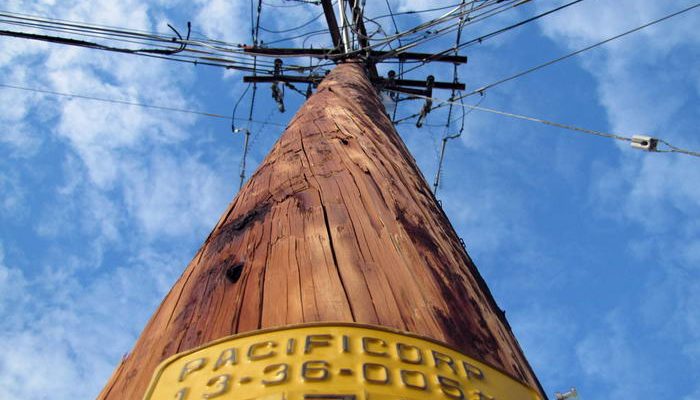When we think of our day-to-day work, many of us picture sitting at a desk or attending meetings. For most of us, working on a computer. However, not all jobs are equal, and some come with inherent risks and dangers. From dealing with heavy machinery to working in hazardous environments, these brave workers face challenges that go beyond the typical office-related stress. In this exploration of the 10 most dangerous workplaces, we will delve into the unique hazards associated with each occupation and learn about the dedicated individuals who put their lives on the line every day.
Check out 10 Most Dangerous Workplaces…
10 – Dockyards and Container Ports
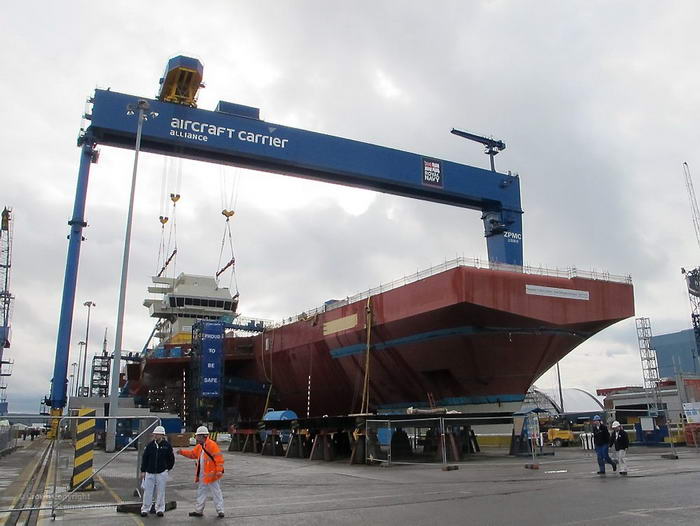
Dockyards and container ports are bustling hubs of activity where massive ships load and unload cargo. The high concentration of heavy machinery, vehicles, and workers makes this environment one of the most dangerous workplaces. Accidents involving cranes, forklifts, and other equipment can result in severe work-related injuries, while drowning is another significant risk. As the primary cause of death at work in this industry, safety protocols and proper training are essential to minimize accidents and fatalities.
09 – Chemical Plants and Factories
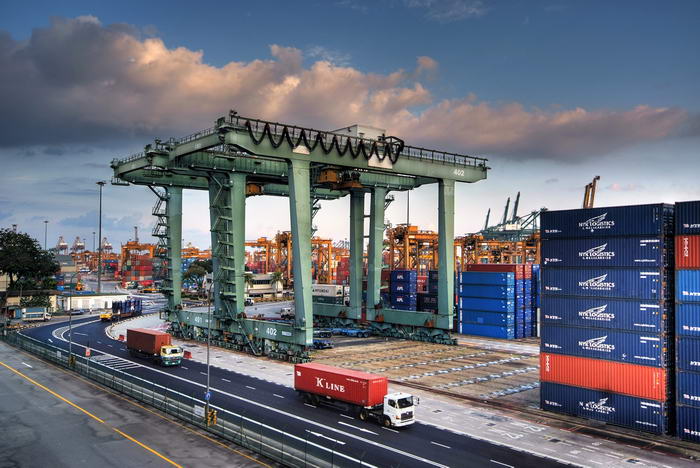
Workers in chemical plants and factories deal with hazardous substances daily, which can lead to severe health issues if not properly handled. The risk of chemical exposure, fires, explosions, and equipment malfunctions make these workplaces particularly dangerous. Implementing strict safety guidelines, providing workers with adequate protective gear, and enforcing regular equipment maintenance can help minimize the risks associated with working in these hazardous environments.
08 – Construction Sites
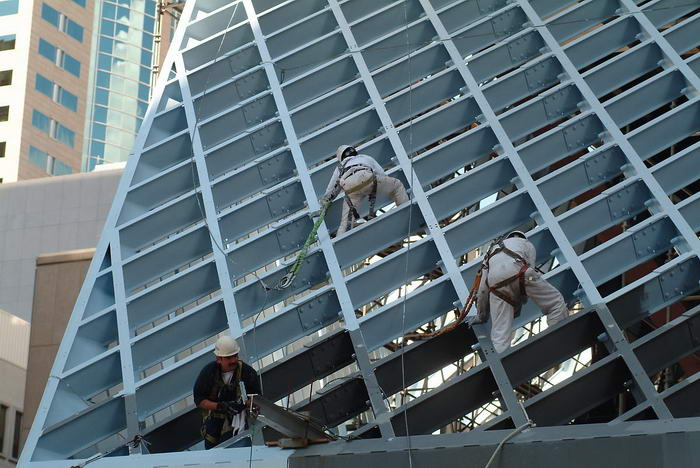
The construction industry has long been known as one of the most dangerous industries, with a high rate of nonfatal injuries and fatalities. Workers face a multitude of hazards, from falls to electrocution and being struck by objects. The sheer size and weight of the equipment and materials involved in construction projects only amplify the risks. Strict safety regulations and health insurance coverage are necessary to protect workers and mitigate the dangers of this demanding occupation.
07 – Electricity Poles
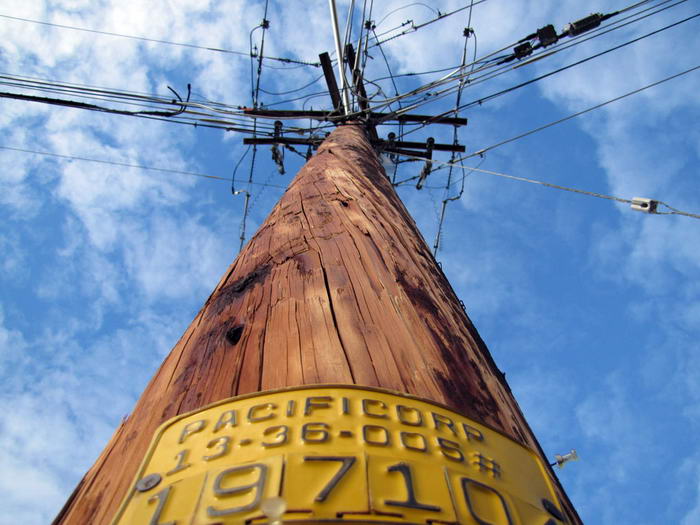
Electrical linemen are responsible with installing, maintaining, and repairing high-voltage power lines. These brave workers routinely climb towering electricity poles and work in close proximity to live wires, which can carry tens of thousands of volts. The risk of electrocution and falls makes this one of the most dangerous jobs out there. In addition to thorough training and safety gear, electrical linemen rely on teamwork and clear communication to reduce the likelihood of accidents.
06 – Farms

While bucolic farm life may seem idyllic, the agricultural industry is plagued by high rates of accidents, injuries, and fatalities. Farmworkers are exposed to a variety of hazards, including heavy machinery accidents, chemical exposure, and livestock-related injuries. The physical nature of farm work also contributes to a higher-than-average illness rate among workers. Implementing safety measures and providing access to appropriate medical care is crucial to keeping farmworkers safe and healthy.
05 – Planes

Pilots and flight crews face unique challenges in their work, from dealing with extreme weather conditions to managing technical malfunctions. Despite the aviation industry’s strict safety regulations, accidents can still happen, making it one of the most dangerous workplaces. Additionally, the high altitudes and long hours can take a toll on the health of pilots and crew members, necessitating strict fitness requirements and regular medical checkups.
04 – Forests
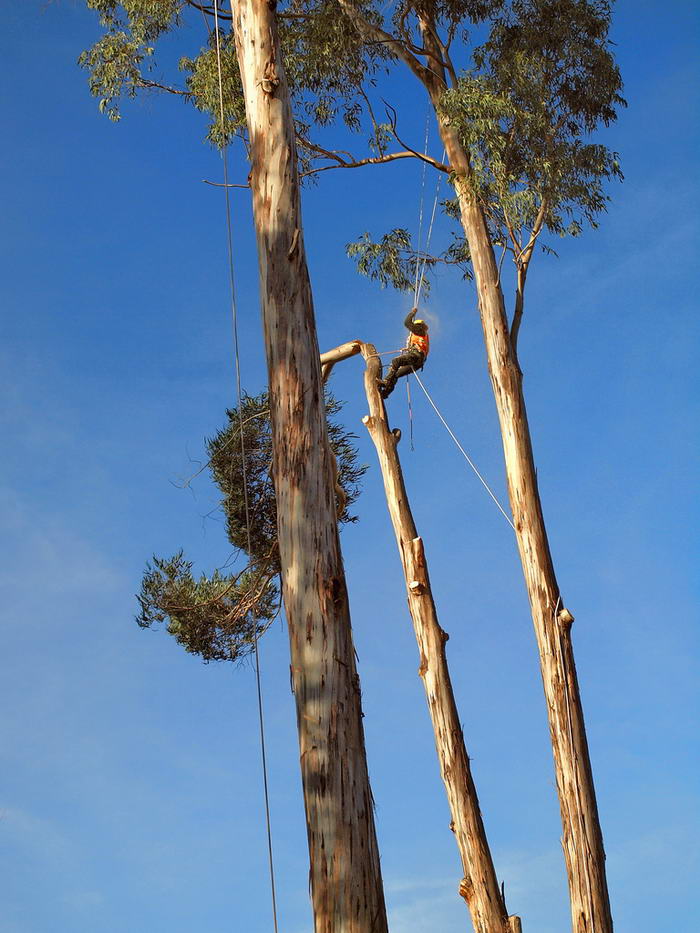
Forestry workers, including loggers and lumberjacks, work in remote and often treacherous environments. They are tasked with felling trees, which can weigh several tons and pose significant risks when falling. Heavy machinery accidents, falls, and hazardous weather conditions contribute to the high number of deaths and injuries in this industry. Proper training, safety equipment, and a strong emphasis on teamwork can help mitigate these risks.
03 – Fishing Boats
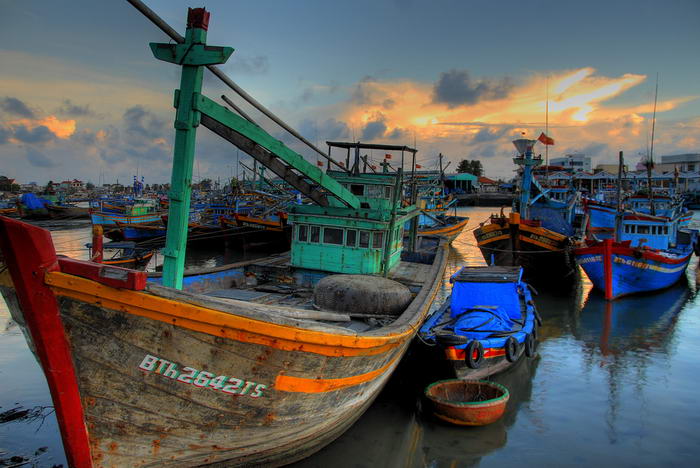
Commercial fishing is one of the most deadliest occupations, with a fatality rate many times higher than the national average. Fishermen face unpredictable weather, treacherous seas, and long hours of physically demanding work. The risk of drowning, equipment accidents, and exhaustion make it one of the most dangerous workplaces. Despite the risks, many fishermen are drawn to the profession by the sense of adventure, camaraderie, and the potential for financial reward.
02 – Roofs
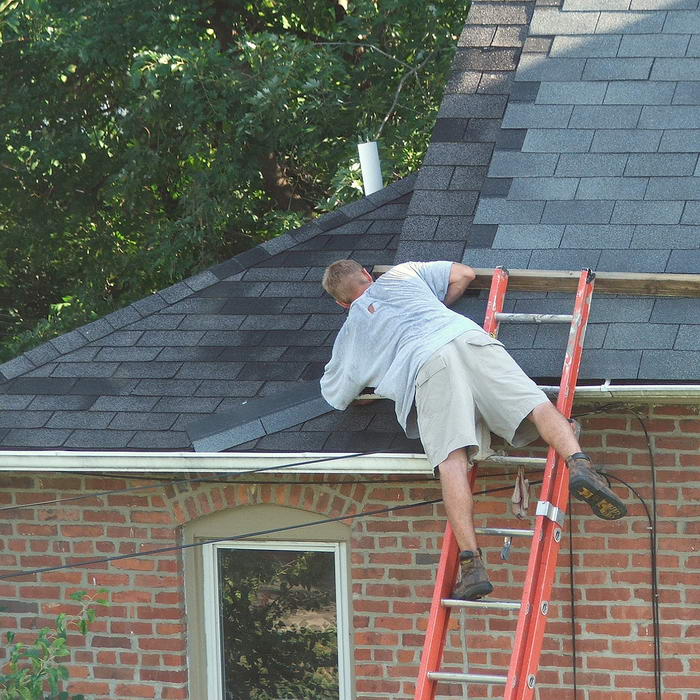
Roofers work at significant heights, which exposes them to the risk of falls, one of the primary causes of death at work in this industry. In addition to the dangers associated with working at height, roofers face other hazards such as electrocution from overhead power lines, extreme weather conditions, and burns from hot materials. Employing proper safety equipment, training, and strict adherence to safety protocols can help reduce the risk of accidents and fatalities among roofers.
01 – Coal Mines
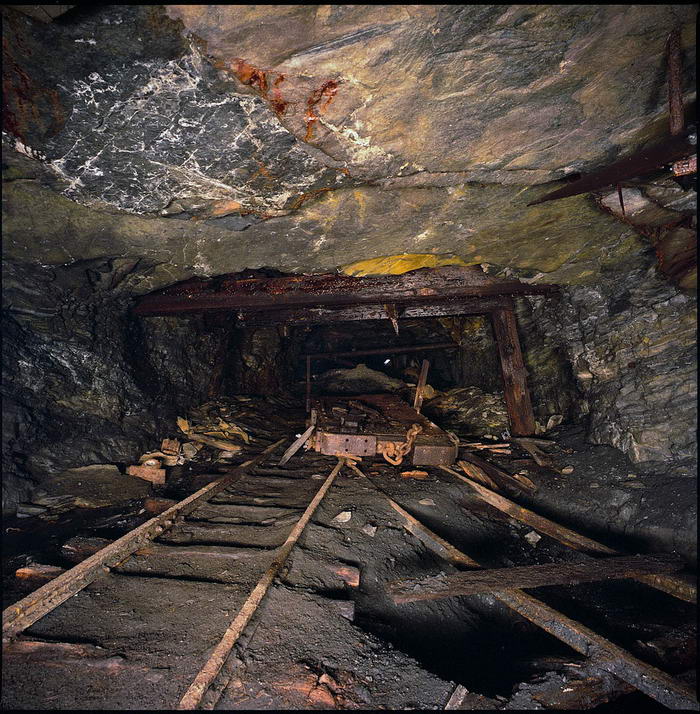
Coal mining is an essential industry but is also one of the most dangerous workplaces. Miners work in confined spaces deep underground, facing threats such as cave-ins, gas explosions, and equipment-related accidents. The long-term health impacts of coal mining are also significant, with many miners developing respiratory illnesses and other health problems due to prolonged exposure to coal dust. Strict safety regulations, proper ventilation, and the use of protective gear are crucial to safeguarding the health and wellbeing of coal miners.
The individuals working in these dangerous workplaces put their lives on the line to ensure that our modern world keeps running smoothly. While no occupation is without risks, these jobs stand out for their inherent hazards and high rates of injury and fatalities. It is essential to recognize the bravery of these workers and continue to strive for improved safety measures and working conditions to protect their health and wellbeing. In the face of adversity, these workers show resilience, determination, and an unwavering commitment to their work. Definitely reminding us all of the importance of diligence and dedication in the face of danger.


